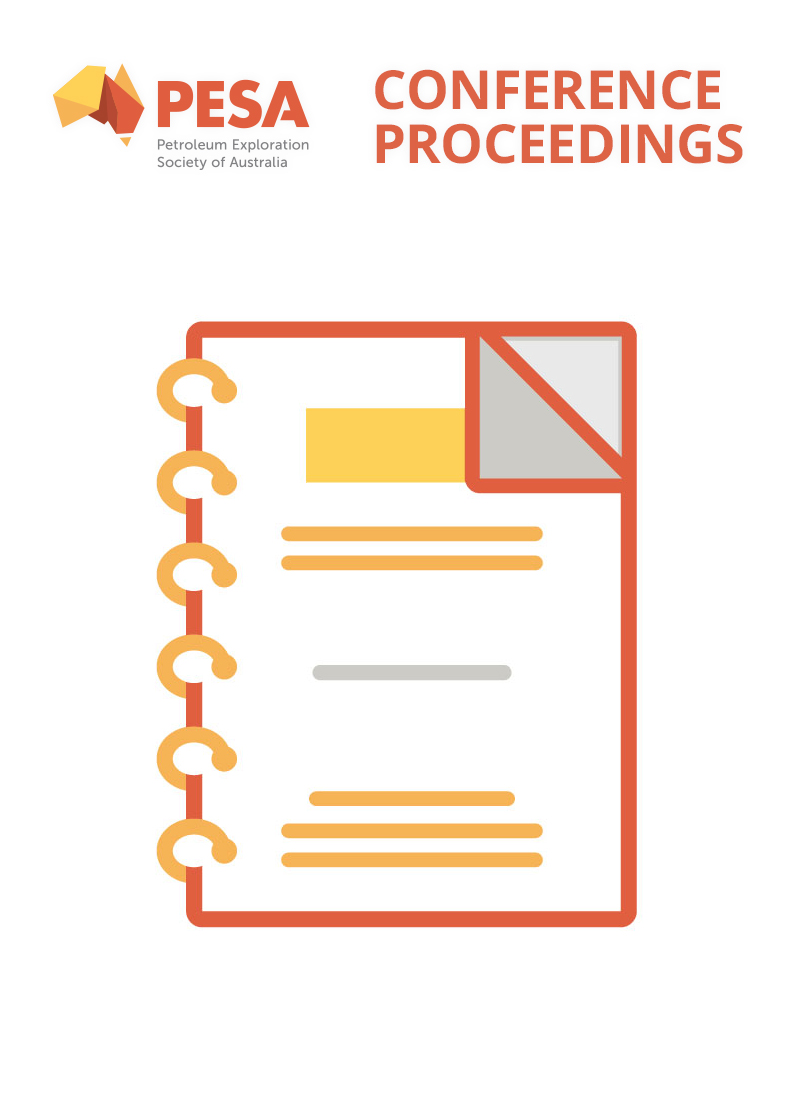Publication Name: Australasian Exploration Geoscience Conference 2019
Authors: Ankita Singh, Ryan Armstrong, Klaus Regenauer-Lieb, Peyman Mostaghimi
Date Published: September 2019
Number of Pages: 3
Abstract:
Analysing rock micro-structure from micro-computed tomographic images of porous media is vital to understand fluid-flow and estimating petrophysical properties like permeability. The two main approaches of analysing rock micro-structure are (1) through experiments, a time-consuming process and (2) using numerical simulations which are a part of the standard digital rock physics (DRP) workflow. The standard DRP workflow requires the micro-computed tomographic (micro-CT) images to be segmented into distinct phases (pores and minerals). Segmentation is a user-biased and manual process. It relies heavily on the user to choose a threshold(s) that distinguishes unique phases present in the rock micro-structure. Thus, introducing uncertainty in these petrophysical properties. Our approach to resolving this subjectivity and uncertainty in analysing rock micro-structure is to directly apply techniques on the micro-CT images or the greyscale images, rather than using segmented images. For this purpose, we use a pattern recognition technique namely the Grey-Level Co-occurrence Matrix (GLCM). The GLCM technique is used to calculate spatial maps that describe features present in the rock micro-structure.

